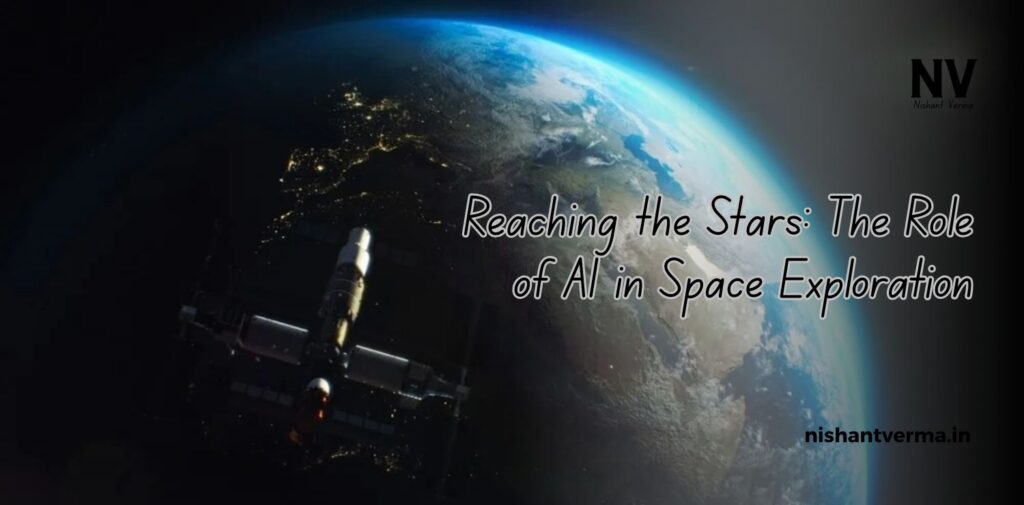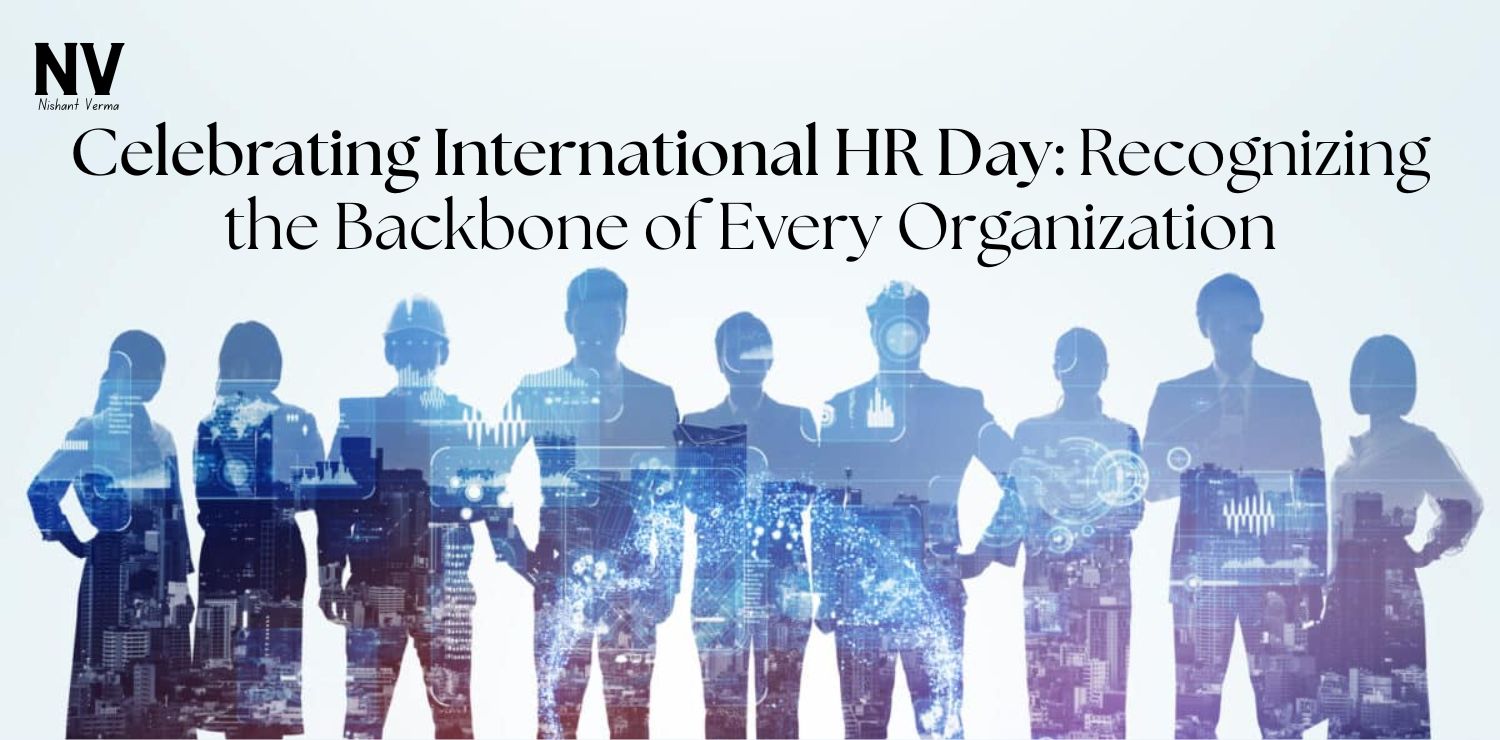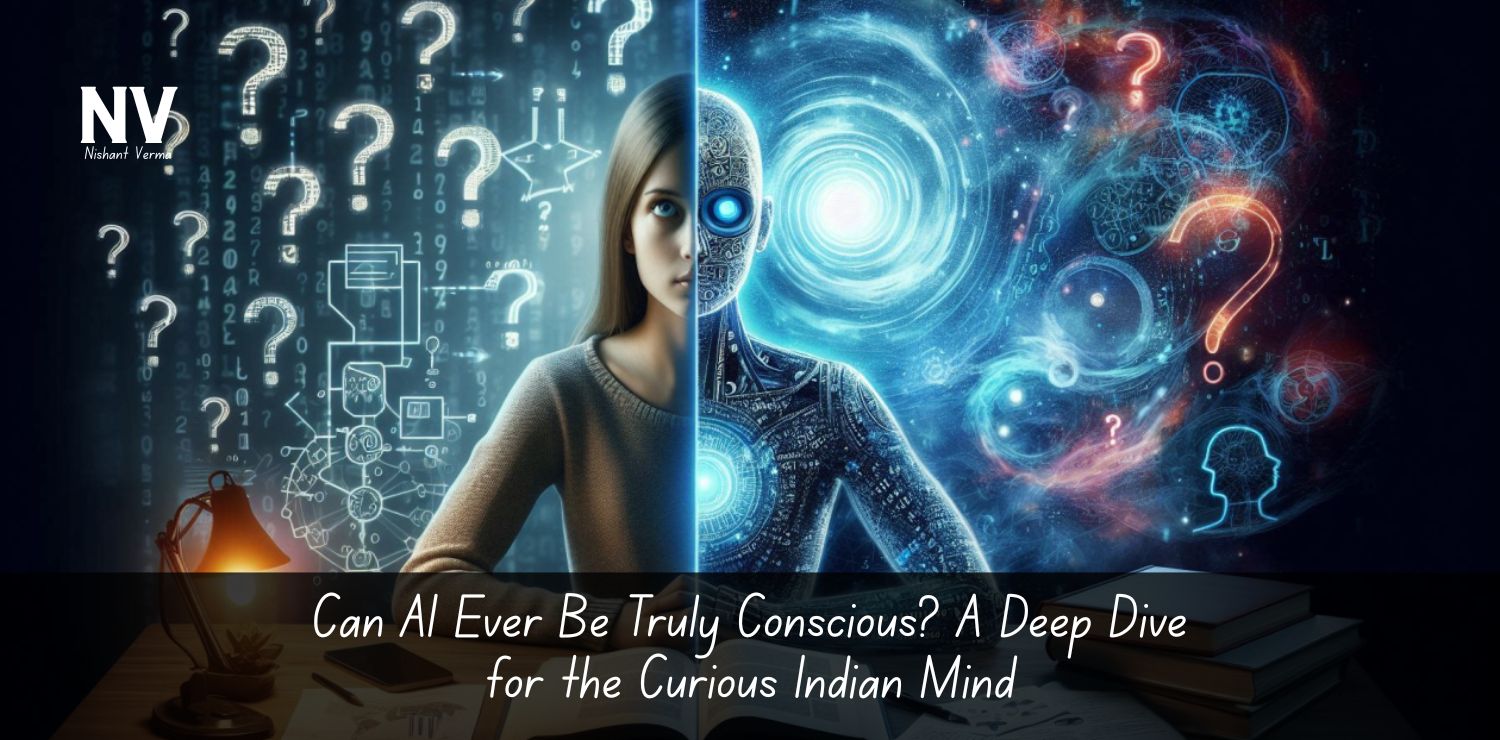Space has always been a topic of great fascination for people, especially in India where our space agency ISRO (Indian Space Research Organisation) has made the country proud with its amazing achievements like Chandrayaan, Mangalyaan, and now Gaganyaan. But what is helping scientists and engineers to go even further and faster into space? The answer is Artificial Intelligence, commonly known as AI. AI is not just a part of science fiction movies anymore. It is now a real and powerful tool that is playing a very important role in space missions.
This article will explain how AI is being used in space exploration in a simple way, so that everyone can understand and feel inspired. Whether you are a student, a science lover, or just someone curious about technology, this information will definitely be helpful and interesting for you.
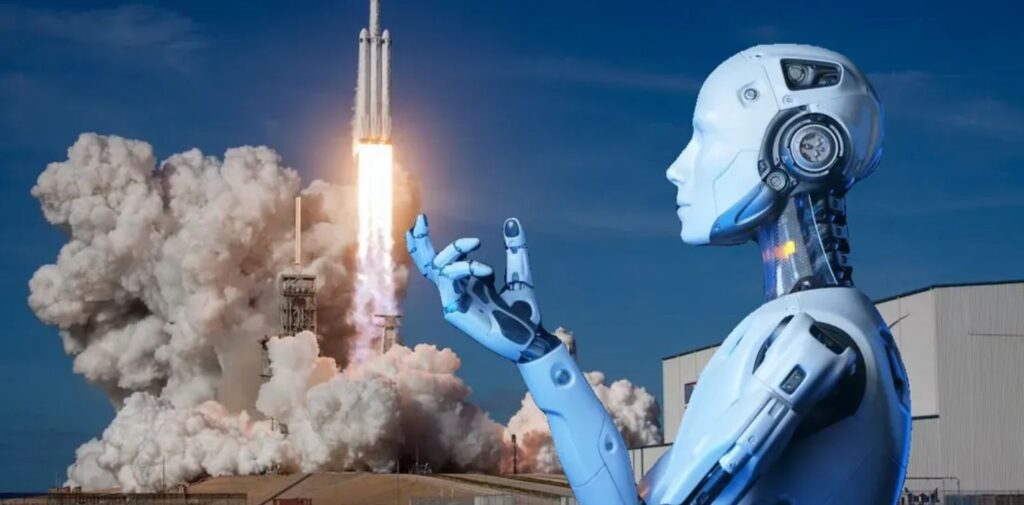
What is Artificial Intelligence and Why is it Useful in Space?
Artificial Intelligence is a type of computer technology that tries to make machines think and act like humans. Just like we learn from experience and make decisions, AI systems are designed to learn from data and make smart choices on their own. For example, your phone’s voice assistant or a chatbot on a website is using AI to help you.
In space exploration, AI is extremely useful because it can work in tough and faraway environments where human presence is difficult or impossible. Space is huge, dangerous, and far away. So it is not always possible to send astronauts or control everything from Earth. AI helps in managing these challenges by making spacecrafts and machines smart enough to work on their own without needing constant instructions from humans.
How AI Helps in Planning and Managing Space Missions
Planning a space mission is a very big and complicated task. Scientists have to think about many things like the distance, fuel, time, weather in space, chances of success, and safety of astronauts. AI helps by analysing a huge amount of data in a very short time. It can predict possible problems and suggest better and faster ways to do things.
For example, when India sent Mangalyaan to Mars, the planning and timing had to be perfect. In future missions, AI can help ISRO by finding the best path for a spacecraft, saving fuel, reducing cost, and increasing the chances of success.
AI can also monitor the condition of a spacecraft during the mission. It can detect small issues early before they become big problems. This makes the mission safer and more reliable. In crewed missions like Gaganyaan, where Indian astronauts will be sent into space, AI can act like an assistant that keeps an eye on the systems and warns the crew about any danger.
Smart Robots and Rovers: AI as a Helping Hand in Space
When we send missions to other planets like Mars or the Moon, we often send robots and rovers to explore the surface. These machines have to work in difficult environments where humans cannot go. AI makes them smarter so that they can take decisions without waiting for orders from Earth, which can take many minutes due to the long distance.
An example is NASA’s Mars rover named Perseverance. It is using AI to study rocks, take pictures, avoid obstacles, and move around safely on Mars. India’s Chandrayaan-3 mission also used AI-powered systems to make a soft landing on the Moon, which was a great achievement for our country.
In the future, ISRO may use smart AI robots in missions to explore Mars or even further. These robots can help in building space stations or habitats on other planets. They can also perform risky tasks which are not safe for humans.
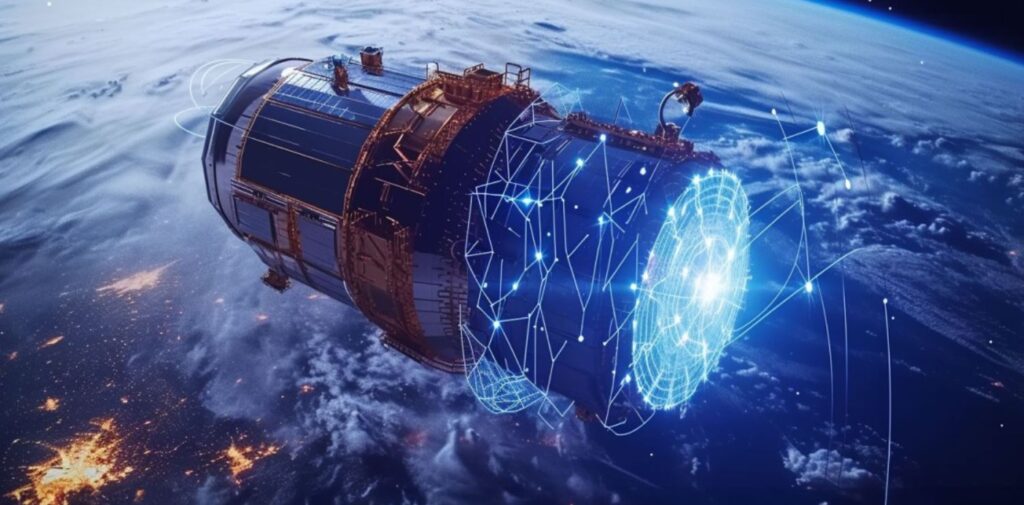
AI in Space Communication and Data Handling
Space missions generate a lot of data. Every picture taken, every reading from sensors, and every signal received needs to be analysed. Doing this manually takes a lot of time. AI helps by processing and understanding this data quickly and accurately.
For example, AI can study images of planets and moons to find signs of water or life. It can also sort useful data from unnecessary information, so that scientists can focus on what really matters.
Communication is also a challenge in space because of delays and weak signals. AI can improve communication systems by predicting errors, correcting signals, and making sure that the message is delivered clearly. This is very important in long missions like future Mars explorations.
Helping Astronauts: AI as a Space Assistant
AI is also becoming a companion for astronauts. In space, astronauts face loneliness, stress, and many challenges. AI-powered assistants can help them in their daily tasks and also give emotional support.
An example is CIMON, an AI robot used by European astronauts on the International Space Station. It can talk, give instructions, play music, and even make jokes. In India’s future missions, such smart assistants can be used to help our astronauts with technical work and also keep their spirits high.
AI can also help in training astronauts by simulating space environments. Virtual reality combined with AI can create real-like situations to prepare astronauts for emergencies or spacewalks.
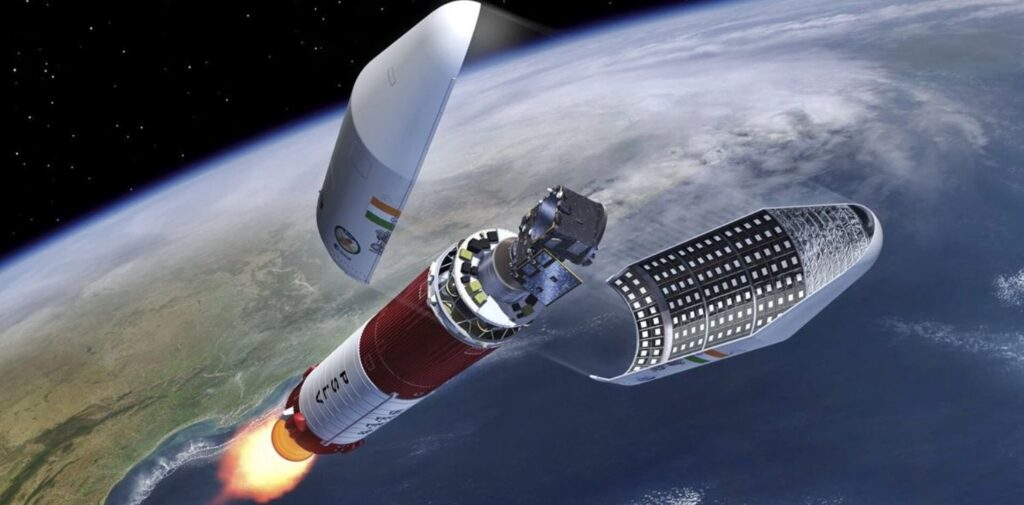
India’s Progress in AI and Space Together
India is moving ahead strongly in both AI and space. ISRO has already started using AI in various systems, and it plans to use it more in future missions. Indian startups and companies are also working on space and AI technologies.
Many young engineers and students in India are learning AI and dreaming of using it for space science. Government initiatives like Digital India and Skill India are helping people to gain knowledge in this field. This is a great opportunity for the youth of our country to take part in exciting space projects and make India shine in the world.
Indian universities and research centres are also doing good work in AI development. Collaborations between ISRO and private companies or academic institutions will make the future of AI in Indian space exploration even brighter.
Conclusion: The Future is Bright with AI in Space
Artificial Intelligence is truly becoming a key part of space exploration. It helps in planning, operating, and completing space missions more efficiently and safely. From smart rovers on Mars to friendly assistants for astronauts, AI is making space more reachable and less risky.
For a country like India, which is growing fast in both technology and space science, AI offers a golden chance to become a leader in the new space age. With the right use of AI, India can continue its journey beyond the Earth, explore new worlds, and achieve more proud moments like Chandrayaan and Mangalyaan.
The future of space exploration is not just about rockets and astronauts—it is also about smart machines, data, and intelligence. And with India’s talent and vision, we are ready to explore the stars with the power of AI by our side.

